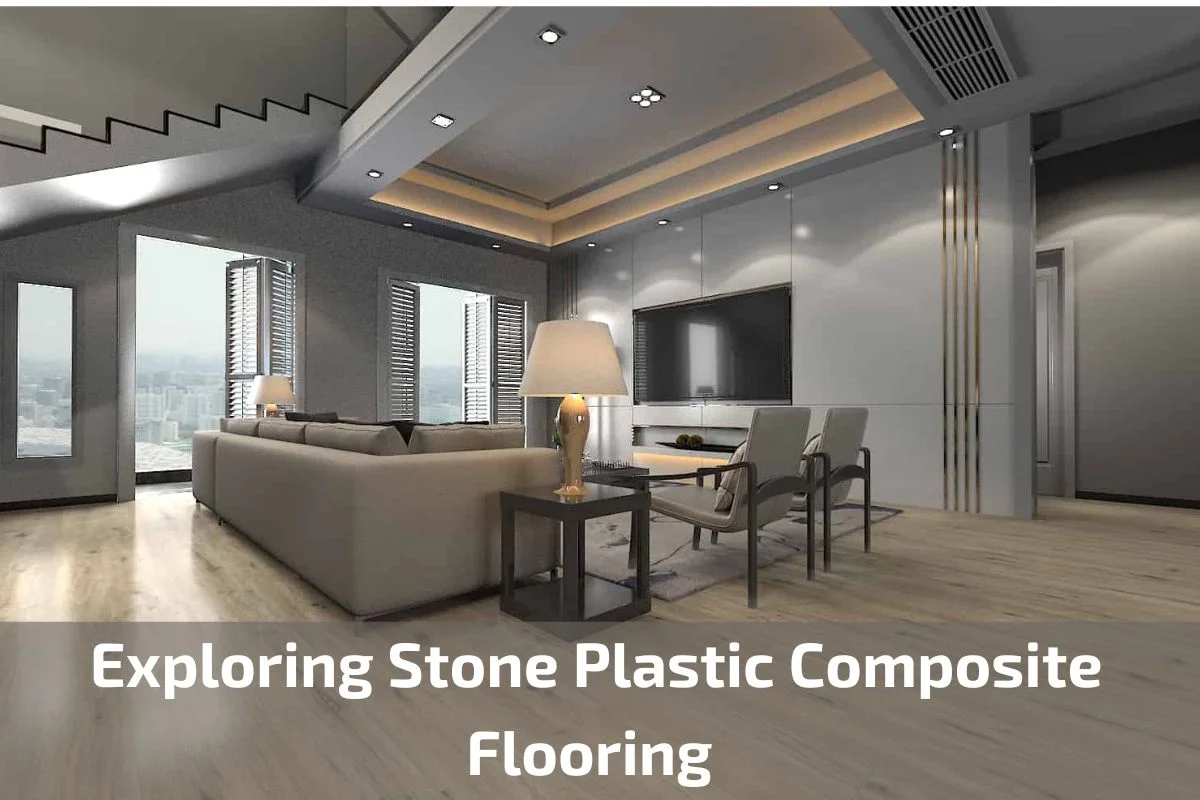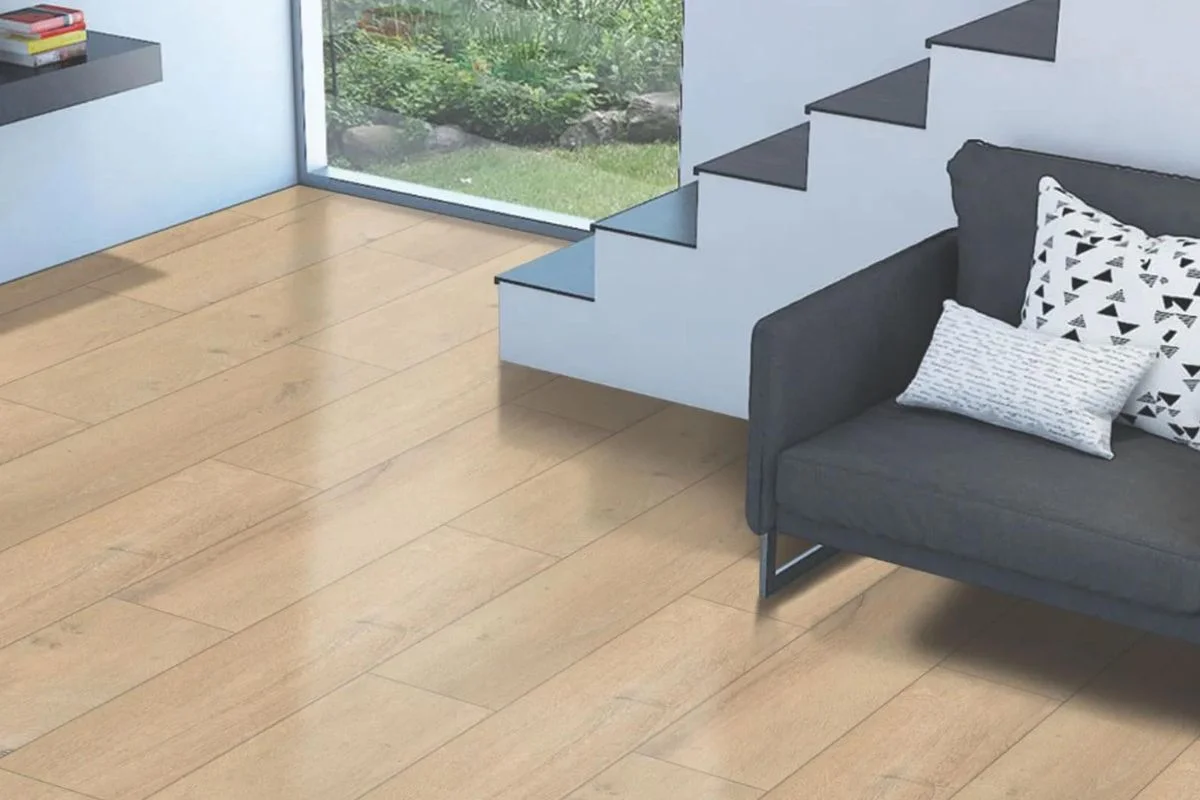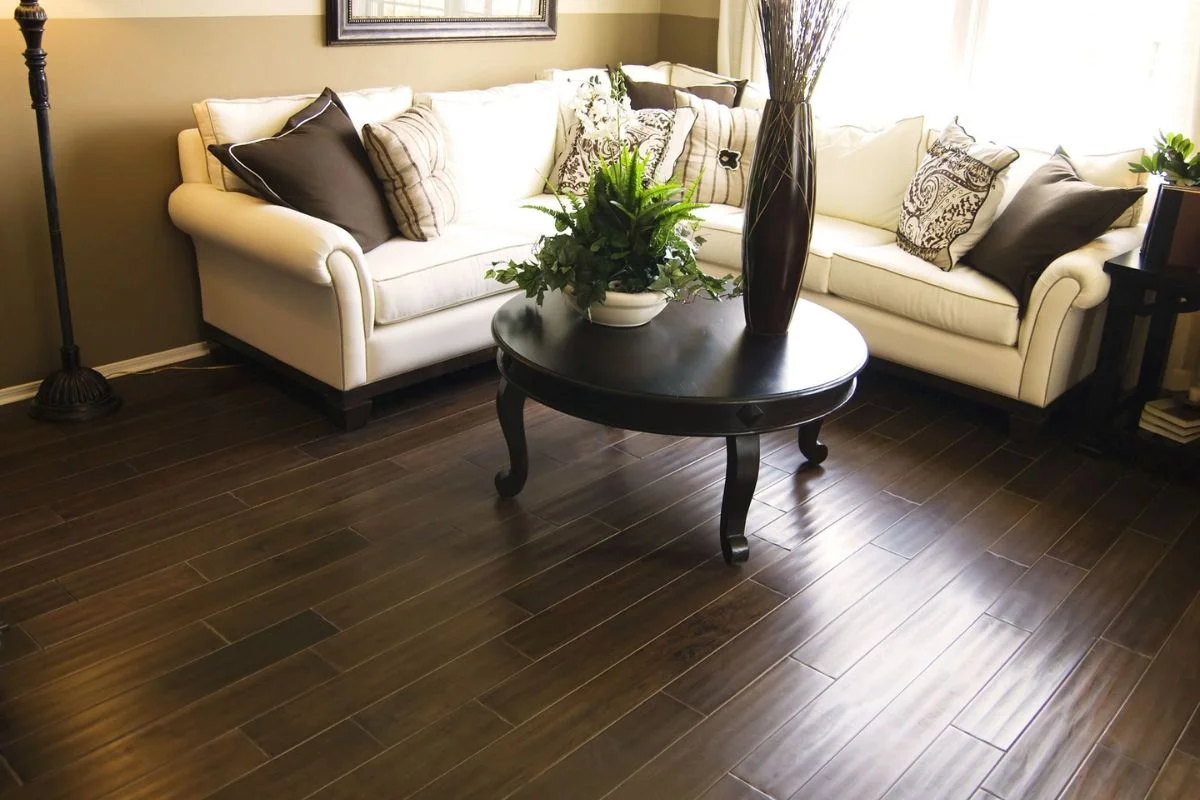Exploring Stone Plastic Composite Flooring
Welcome to the world of Stone Plastic Composite (SPC) flooring—a realm where sophistication, durability, and eco-friendliness converge to redefine the essence of modern flooring solutions. In this introduction, we embark on an exploration journey to unravel the captivating qualities and transformative potential of SPC flooring.
SPC flooring stands as a testament to innovation and ingenuity in the realm of interior design. With its composition of natural stone powder, polyvinyl chloride (PVC), and stabilizers, SPC flooring offers a unique blend of elegance and resilience that surpasses traditional flooring materials.
Join us as we delve deeper into the realm of SPC flooring, uncovering its unparalleled durability, remarkable versatility, and eco-conscious attributes. From its luxurious aesthetic appeal to its eco-friendly composition and ease of maintenance, SPC flooring emerges as a frontrunner in the quest for sustainable, stylish, and functional flooring solutions.
What is Stone Plastic Composite (SPC) Flooring?
Stone Plastic Composite (SPC) flooring is a type of rigid core vinyl flooring that combines limestone powder and stabilizers to create a highly durable and stable flooring option. It typically consists of multiple layers, including a wear layer, a vinyl layer, an SPC core, and an underlayment.
Here’s a breakdown of the layers:
Wear Layer: This is the topmost layer of the flooring, designed to resist scratches, stains, and wear caused by foot traffic.
Vinyl Layer: Beneath the wear layer is a vinyl layer that provides additional protection and contributes to the realistic appearance of the flooring, often mimicking the look of wood or stone.
SPC Core: The core of SPC flooring is made up of limestone powder combined with stabilizers. This core gives SPC flooring its rigidity and dimensional stability, making it less susceptible to expansion and contraction due to temperature changes.
Underlayment (Optional): Some SPC flooring products come with an attached underlayment, which provides additional cushioning and sound absorption, although this layer is not always present.
SPC flooring is known for its water resistance, making it suitable for use in areas prone to moisture such as kitchens, bathrooms, and basements. It’s also highly durable, resistant to dents, and relatively easy to install, often utilizing a click-lock or glue-down installation method.
Definition and composition of SPC flooring
Stone Plastic Composite (SPC) flooring is a type of engineered flooring known for its durability, water resistance, and ease of installation. It consists of several layers, each contributing to its overall performance and appearance:
Wear Layer: The topmost layer of SPC flooring, usually made of transparent PVC film infused with ceramic or aluminum oxide particles. This layer provides protection against scratches, stains, and UV fading.
Vinyl Decorative Layer: Beneath the wear layer lies a printed vinyl layer with high-definition images of natural materials like wood or stone. This layer is responsible for the visual appearance of the flooring.
SPC Core Layer: The core layer is the heart of SPC flooring and is composed of a mixture of natural limestone powder, polyvinyl chloride (PVC) resin, and stabilizers. This layer gives SPC flooring its rigidity, stability, and resistance to impacts and indentation.
Underlayment (Optional): Some SPC flooring products come with an attached foam underlayment layer. This underlayment provides additional cushioning, sound absorption, and thermal insulation, enhancing comfort underfoot.
The Advantages and Disadvantages of SPC Flooring
Advantages of SPC Flooring:
Durability: SPC flooring is highly durable and resistant to scratches, dents, and stains, making it suitable for high-traffic areas in both residential and commercial spaces.
Waterproof: The composition of SPC flooring, including its stone-based core, renders it completely waterproof. This makes it ideal for use in areas prone to moisture, such as kitchens, bathrooms, and basements.
Stability: The rigid core of SPC flooring provides excellent dimensional stability, meaning it is less susceptible to expansion and contraction due to temperature changes compared to other flooring materials like hardwood or laminate.
Easy Installation: SPC flooring often features a click-lock or glueless installation system, making it relatively easy for DIY enthusiasts to install without the need for professional assistance.
Low Maintenance: SPC flooring is easy to clean and requires minimal maintenance. Regular sweeping and occasional mopping with a mild detergent are usually sufficient to keep it looking its best.
Variety of Designs: SPC flooring comes in a wide range of designs, including realistic wood and stone textures, allowing homeowners and designers to achieve the desired aesthetic for their space.
Disadvantages of SPC Flooring:
Hardness: While the rigidity of SPC flooring is advantageous in terms of durability and stability, it can feel harder underfoot compared to softer flooring options like carpet or cork.
Limited Repairability: Despite its resilience to damage, SPC flooring can still be scratched or damaged in certain circumstances. Unlike some other flooring types, individual planks or tiles of SPC flooring are generally not repairable and may need to be replaced if damaged.
Environmental Impact: While SPC flooring is often advertised as eco-friendly due to its composition of natural materials, the manufacturing process may involve the use of chemicals and energy-intensive processes. Additionally, the disposal of SPC flooring at the end of its lifespan can pose environmental challenges.
Cost: SPC flooring typically falls into the mid to high price range compared to other types of flooring such as laminate or traditional vinyl. While its durability and performance justify the initial investment for many, it may not be the most budget-friendly option for some homeowners.
Installation and Maintenance Tips for SPC Flooring
Installation Tips for SPC Flooring:
Prepare the Subfloor: Ensure that the subfloor is clean, flat, and free of any debris or imperfections before installing SPC flooring. Address any uneven areas or protrusions to prevent issues during installation.
Acclimate the Flooring: Allow the SPC flooring to acclimate to the room’s temperature and humidity levels for at least 48 hours before installation. This helps minimize the risk of expansion or contraction after installation.
- Use Proper Tools: Use the appropriate tools and equipment for installation, such as a tapping block, rubber mallet, and spacers. These tools can help ensure a snug fit between planks or tiles and prevent damage during installation.
Follow Manufacturer’s Instructions: Carefully read and follow the manufacturer’s installation instructions provided with the flooring product. Different brands may have specific requirements or recommendations for installation methods and techniques.
Install Underlayment (if applicable): If your SPC flooring includes an attached underlayment or if you choose to install a separate underlayment, ensure it is laid down correctly according to the manufacturer’s guidelines.
Allow for Expansion Gaps: Leave a small expansion gap around the perimeter of the room and at doorways to accommodate for any potential expansion or contraction of the flooring material.
Maintenance Tips for SPC Flooring:
Regular Cleaning: Sweep or vacuum your SPC flooring regularly to remove dust, dirt, and debris. For deeper cleaning, damp mop the floor with a mild detergent solution and avoid using harsh chemicals or abrasive cleaners.
Immediate Spill Cleanup: Promptly clean up any spills or messes on the SPC flooring to prevent staining or damage. Use a damp cloth or mop to wipe away spills, and dry the area thoroughly afterward.
Protective Measures: Place felt pads or furniture glides under heavy furniture legs to prevent scratching or indentations on the SPC flooring surface. Use floor mats or rugs in high-traffic areas or entryways to trap dirt and prevent wear.
Avoid Sharp Objects: Avoid dragging or sliding heavy objects across the SPC flooring, as this can cause scratches or damage to the wear layer. Use furniture sliders or lift heavy items when moving them to prevent surface abrasions.
Regular Inspections: Periodically inspect the SPC flooring for any signs of damage, such as scratches, dents, or loose planks. Address any issues promptly to prevent further damage and maintain the integrity of the flooring.
Conclusion
In conclusion, Stone Plastic Composite (SPC) flooring offers a compelling combination of durability, water resistance, and aesthetic appeal, making it a popular choice for both residential and commercial applications. With its innovative composition of natural limestone powder and PVC resin, SPC flooring provides excellent dimensional stability and resistance to scratches, stains, and impacts.






0 comments